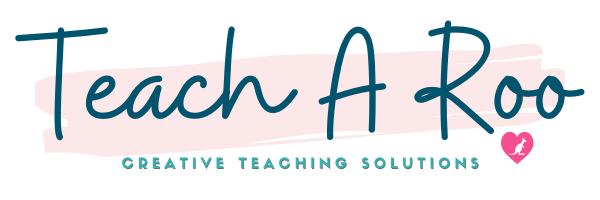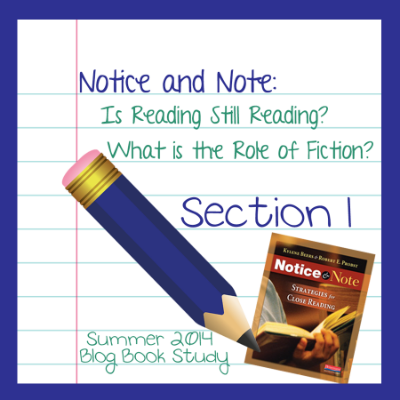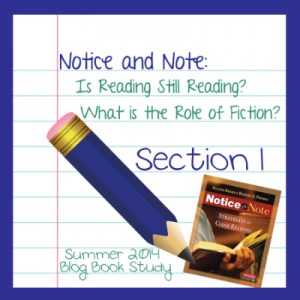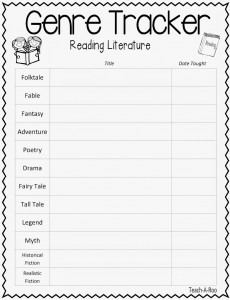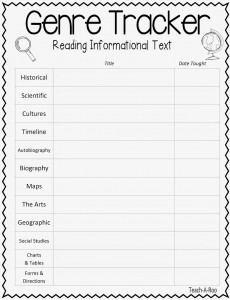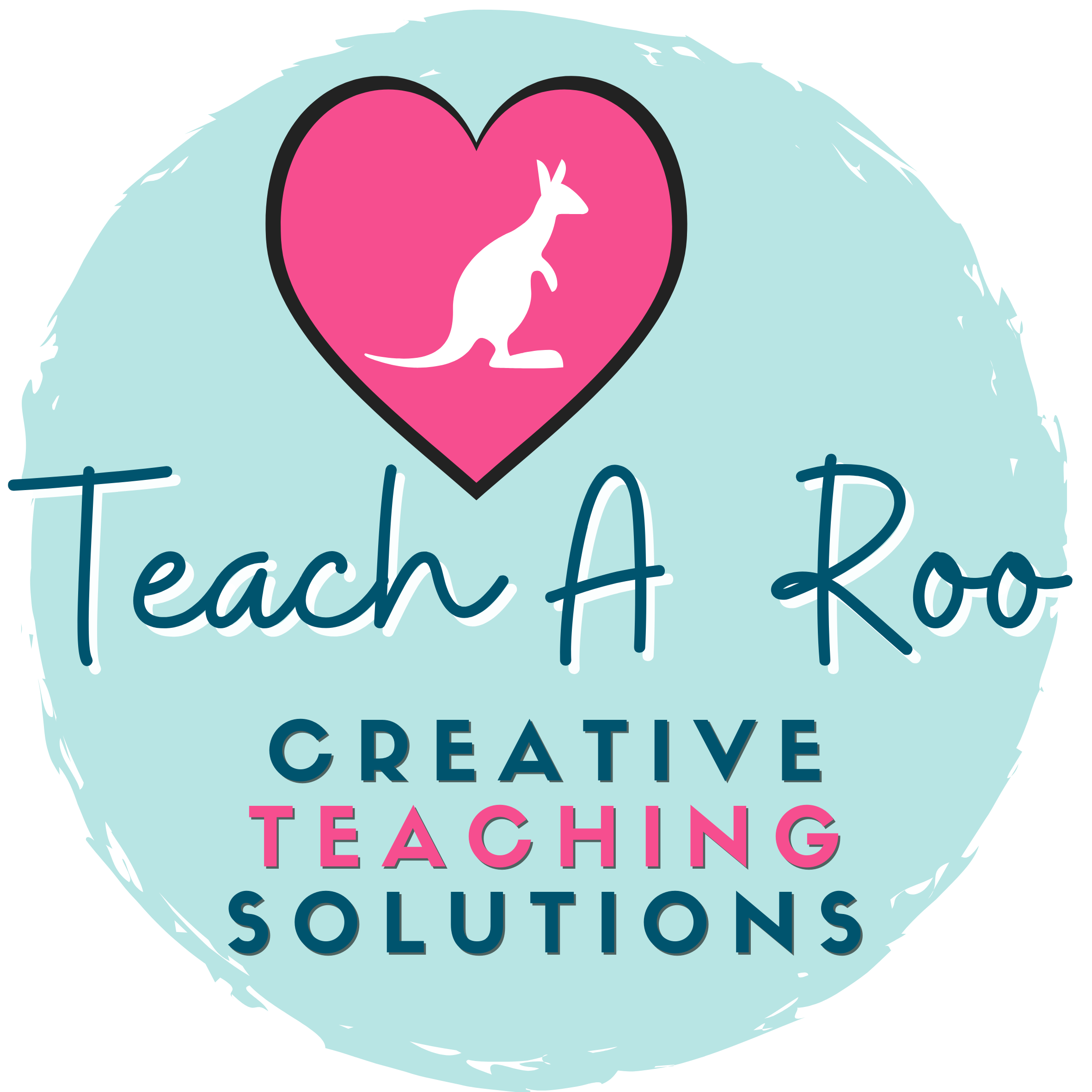I am so excited to be a part of several bloggy book studies this summer. It really motivates me to keep learning and growing as a professional. Thanks to Melissa at Dilly Dabbles for organizing this great study. I have had Notice and Note for almost a year (yikes!) and this is just the motivation I needed to dig in.
Section 2: What is the role of fiction?
Fiction plays such an important role in early childhood development, and always has dating way back before Dick and Jane. Folktales and fairy tales were told to children to amaze or in some cases frighten them into compliance. They were used to teach social expectations and norms. Fiction today isn’t that different. In the book, Beers and Probst argue the necessity for teaching narrative texts, but also acknowledge the push of non-fiction texts that has come with the Common Core Standards.
I love Beers quote, “Nonfiction lets us learn more; fiction lets us be more.” I think, like with most things there needs to be a healthy balance of both in today’s classrooms. At the end of this section, the authors ask you to ponder the balance of texts you currently teach in your classrooms. They also ask you to think about what genre of fiction your students are reading.
I thought it would be handy to have sort of a checklist to use throughout the year as a planning tool, so I made these “Genre Tracking” pages to put in the front of my planbook.
You can grab it free in my store if you think it will be something you can use, too.
Stay tuned next week, as we continue to closely read Notice and Note!
Happy reading!
